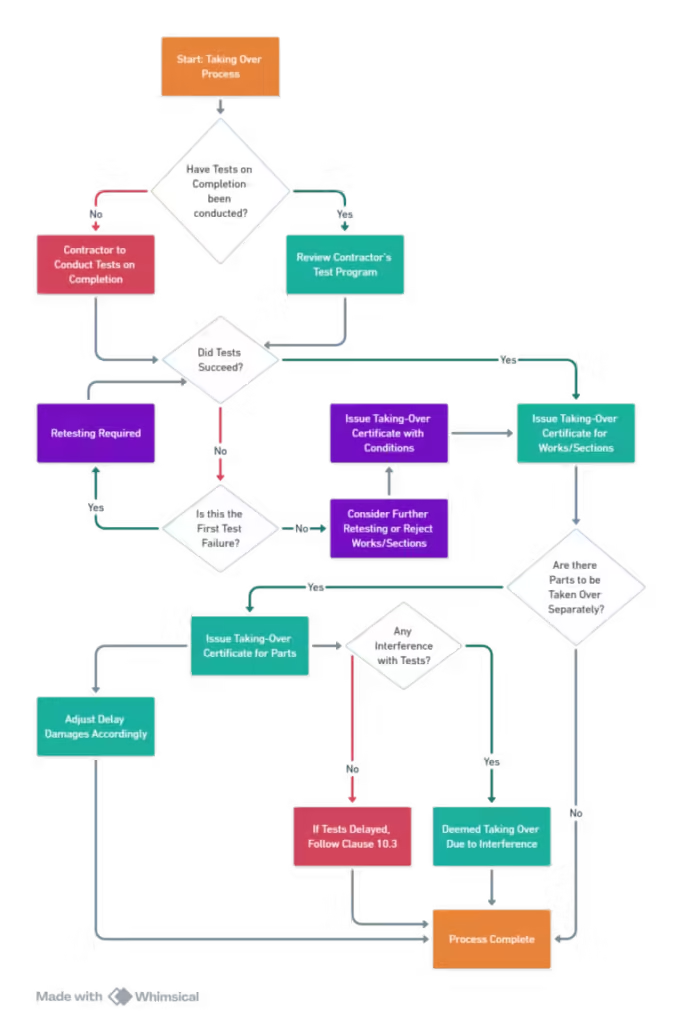Sub-Clause 1.5 of the FIDIC Yellow Book 2017 deals with the Priority of Documents. This clause establishes the hierarchy of the documents that form the contract. In case of any discrepancies or conflicts between the documents, this clause determines which document will take precedence.


